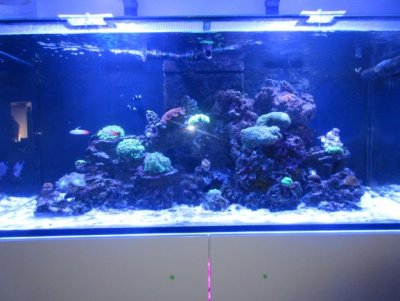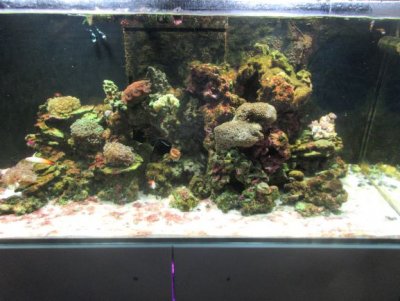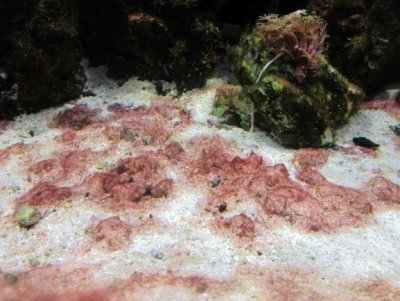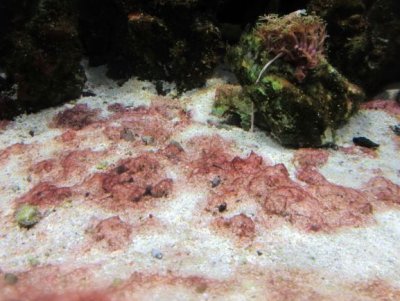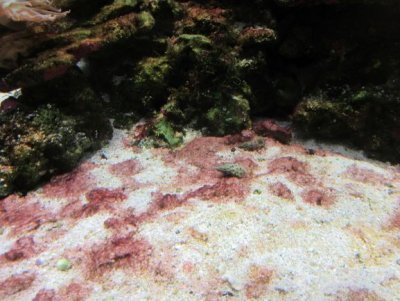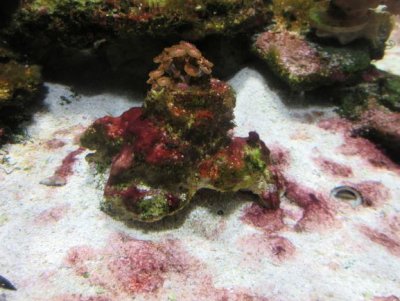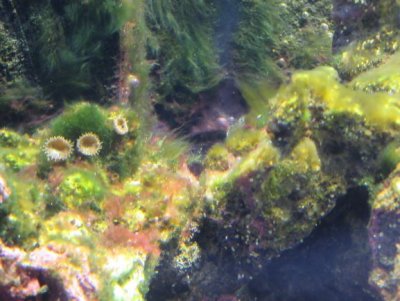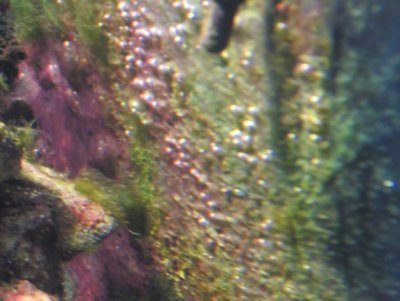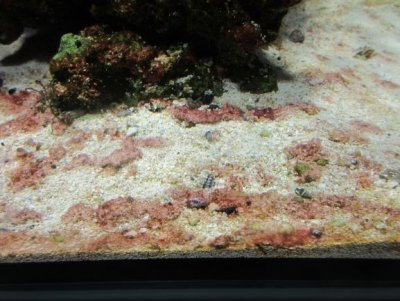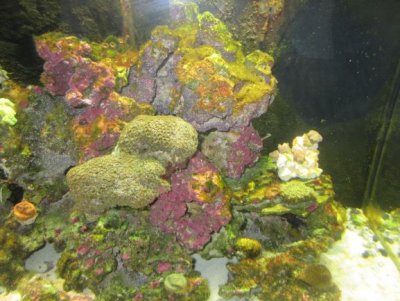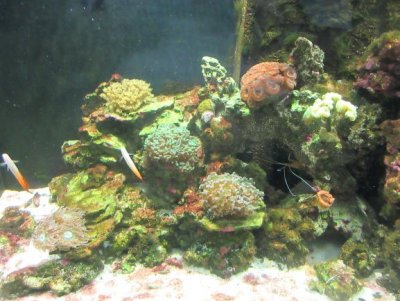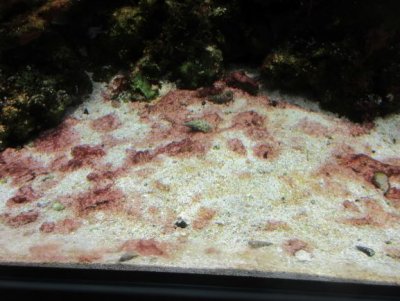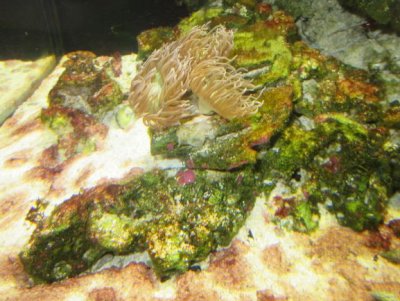- Joined
- Jun 16, 2019
- Messages
- 1,324
- Reaction score
- 1,648
I dose 1mL per gallon, twice a day,and haven’t seen any effects, good or bad.
Direct contact kills algae, but I haven’t seen it kill anything at all when dosed.
Don’t let it get directly on sps. I bleached half a Monti.
Direct contact kills algae, but I haven’t seen it kill anything at all when dosed.
Don’t let it get directly on sps. I bleached half a Monti.




